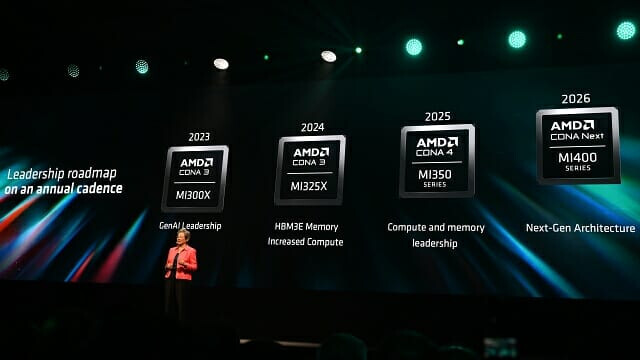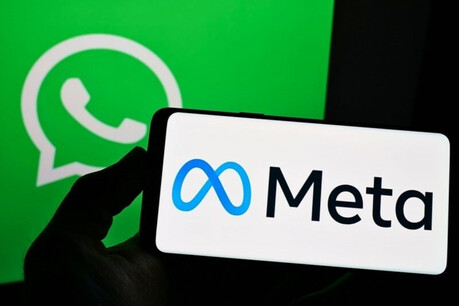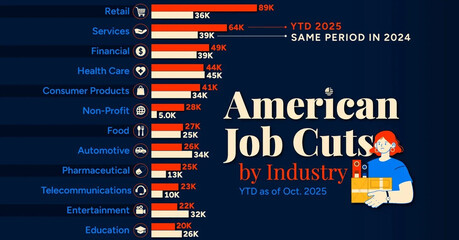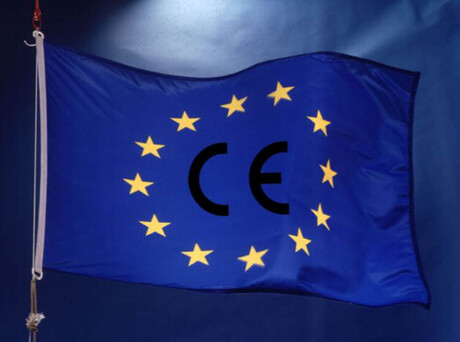
The global semiconductor market, often seen as a barometer for the tech industry, is buzzing with renewed optimism. This follows a major "earnings surprise" from U.S. memory giant Micron Technology, whose robust performance, driven by soaring AI demand, has raised hopes for a similar rally among its South Korean competitors, Samsung and SK Hynix.
Micron's latest financial results for the fourth quarter of the 2025 fiscal year (June-August) were a testament to the surging demand for high-performance memory products. The company reported a staggering 46% year-on-year increase in revenue, reaching $11.32 billion (approximately ₩15.8 trillion), significantly exceeding Wall Street's forecast of $11.12 billion. Adjusted operating income climbed to $3.96 billion (approximately ₩5 trillion), and adjusted earnings per share (EPS) surged by an impressive 156.8% to $3.03, surpassing the expected $2.87.
D-RAM and HBM Drive Performance
The standout performers in Micron's impressive quarter were undoubtedly its D-RAM and High Bandwidth Memory (HBM) products. D-RAM revenue alone soared by around 70% compared to the previous year, accounting for a massive 78% of the company's total Q4 revenue. HBM also contributed significantly, bringing in more than $2 billion in sales. This exceptional growth is a direct result of the accelerated build-out of AI servers and advanced IT infrastructure, which requires increasingly higher-capacity and higher-performance memory solutions.
Micron CEO Sanjay Mehrotra expressed confidence in the company's future, stating, "As the only U.S.-based memory manufacturer, Micron is uniquely positioned to capitalize on the upcoming AI opportunities." This sentiment is shared across the industry, with many now anticipating a new "memory supercycle." As the memory market expands into diverse applications like AI servers and automotive technology, the shift toward high-value products like HBM and DDR5 is set to solidify the long-term growth momentum for companies like Samsung Electronics and SK Hynix.
South Korean Giants Poised for a Lucrative Rally
This favorable market dynamic is particularly good news for South Korean chipmakers. The price of D-RAM has been on a tear, hitting a year-to-date high, fueled by robust demand from the AI server sector. This price strength is expected to be reflected in the third quarter earnings of both Samsung and SK Hynix, leading to a significant improvement in their profit margins.
Analysts are forecasting a stellar performance for SK Hynix, predicting a return to operating profits in the ₩10 trillion range, driven by the full-scale supply of HBM3E to global AI leaders like NVIDIA. Samsung Electronics is also well-positioned to strengthen its competitiveness by focusing on a portfolio of high-value memory products. Kim Dong-won, a research analyst at KB Securities, projects that a combination of a stronger foothold in the HBM market and surging D-RAM demand will propel Samsung's operating profit to a record high of ₩56 trillion for the full year, a 43% increase from the previous year. He also anticipates a Q3 operating profit of around ₩11 trillion, marking the first time the company will exceed the ₩10 trillion quarterly profit milestone in its history.
Headwinds and Hurdles: A Cautious Outlook
Despite the wave of optimism, not everyone is convinced that this "spring" will last until the end of the year. The semiconductor market is notorious for its volatility, and several factors could temper the current momentum. The global competition among memory suppliers, in particular, is intensifying. Micron is aggressively pursuing dominance in the HBM market, recently announcing it has secured speeds of over 11 Gbps on its 6th generation HBM4 products and accelerating mass production and supply. This aggressive move will undoubtedly escalate the rivalry among the "global memory Big 3"—Micron, Samsung, and SK Hynix.
Additionally, macroeconomic uncertainties, including rising global competition and the persistent U.S.-China trade disputes, pose significant risks. Kim Dong-kwan, an analyst at Meritz Securities, pointed out that while the need for investment is growing, memory manufacturers are facing tight cash flow. He noted that the dilemma of increased investment in HBM and legacy memory amid financial constraints will be a major challenge for these companies. Furthermore, the substantial investment required for semiconductor manufacturing within the U.S. could add to mid-term profitability pressures.
In summary, while Micron’s strong performance and the ongoing AI boom signal a promising period for the semiconductor industry, the path forward is not without its challenges. The fierce competition and broader economic uncertainties suggest that the "spring" may not be an uninterrupted season of growth.
[Copyright (c) Global Economic Times. All Rights Reserved.]




























